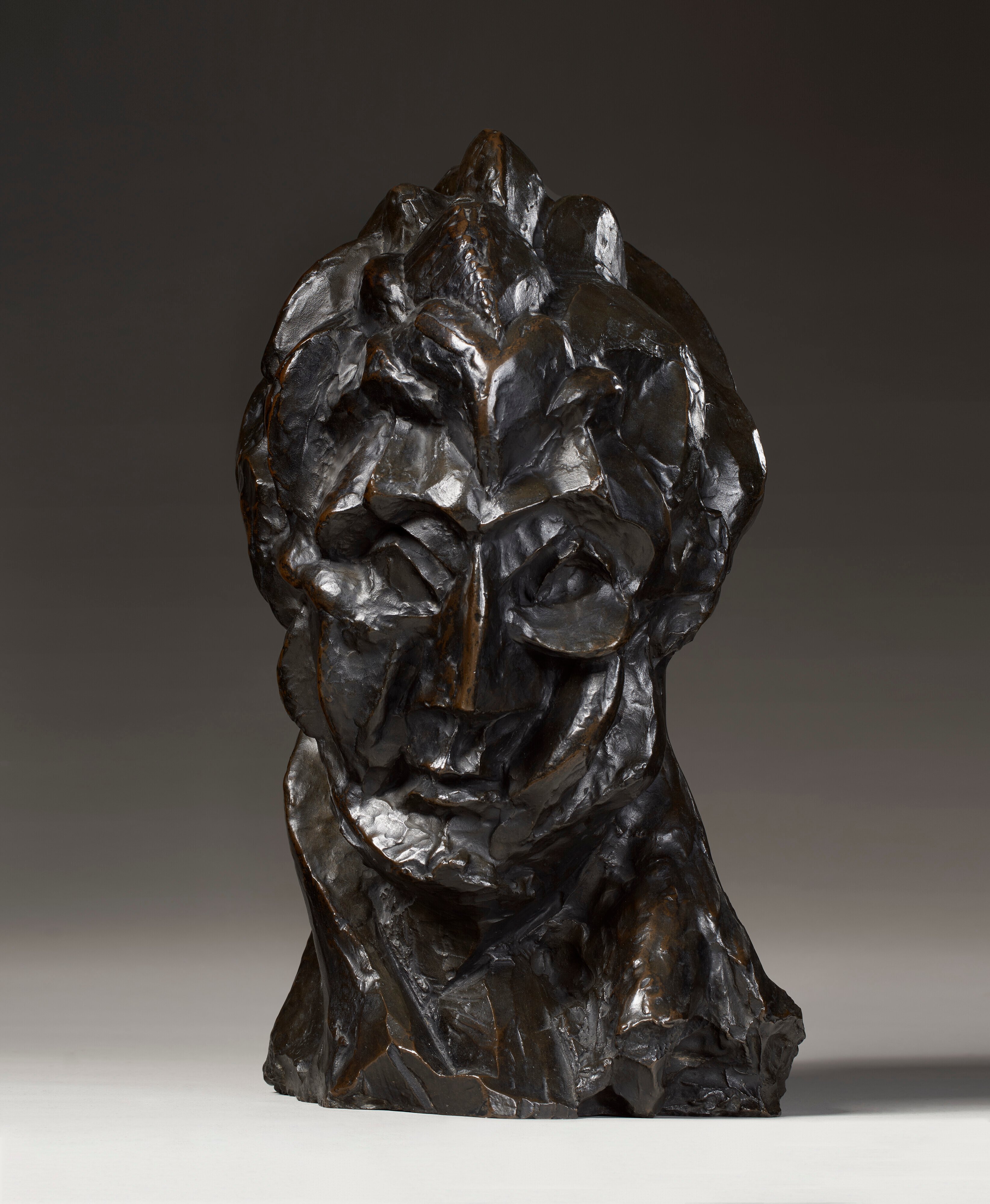
It’s official: The Metropolitan Museum of Art will sell Pablo Picasso’s 1909 bronze cast Head of a Woman (Fernande) in May at Christie’s. The work—one of the priciest single deaccessions from a museum in recent years—is estimated to fetch around $30 million. All proceeds from the sale will go toward new acquisitions, the museum said in a statement.
The work, which is considered Picasso’s first Cubist sculpture, is a study of his lover Fernande Olivier in three dimensions, with multiple perspectives seen at once. Luckily for the museum, it owns another copy of the same work.
Portrait of Fernande Olivier, 1900s. Found in the collection of Museu Picasso, Barcelona. Photo by Fine Art Images/Heritage Images/Getty Images.
The sculpture’s many geometric planes were partly inspired by the artist’s travels around the Catalonian village now known as Horta de Sant Joan, which provided the native Spaniard a home away from his Paris home, and offered new grounds for creative exploration.
There are around 20 known casts of the work. Another one entered the museum’s collection last year. The duplicate, Head of a Woman (Fernande), came from a trove of Cubist art pledged by patron Leonard Lauder.
The version being sold by the Met was a bequest of Florene M. Schoenborn, who died in 1995. It’s been in the museum’s collection for more than 35 years.
The sculpture is guaranteed, meaning its as good as sold. The proceeds will amount to a windfall for the museum, which typically raises around $15 million from art sales per year.
A slew of Picasso’s Head of a Woman sculptures at the Picasso Museum. Photo by Thierry Chesnot/Getty Images.
“Tête de femme (Fernande) is Cubism’s definitive early sculpture,” Max Carter, Christie’s head of Impressionist and Modern art, said in a statement. “Its revolutionary architectural faceting, which Picasso sliced and sharpened after modeling in clay, suggests Vesalius as much as it does Frank Gehry.”
Back in September, Katya Kazakina reported for Artnet News Pro that the institution was contemplating a sale of the statue; the museum declined to confirm at the time.
Last fall, the Met deaccessioned 219 prints and photographs—all duplicates in its collection—to take advantage of the two-year window during which the Association of Art Museum Directors is permitting its members to sell art in order to raise money for collection care, as opposed to only for acquisitions. Those temporary guidelines, which were instated for the pandemic in April 2020, are set to expire on April 10, 2022.
With the Picasso’s sale scheduled for May, the Met has now confirmed the proceeds will be used exclusively to buy more art. The museum recently acquired the second-priciest work in its history; an extra $30 million will help to fund a whole lot more.